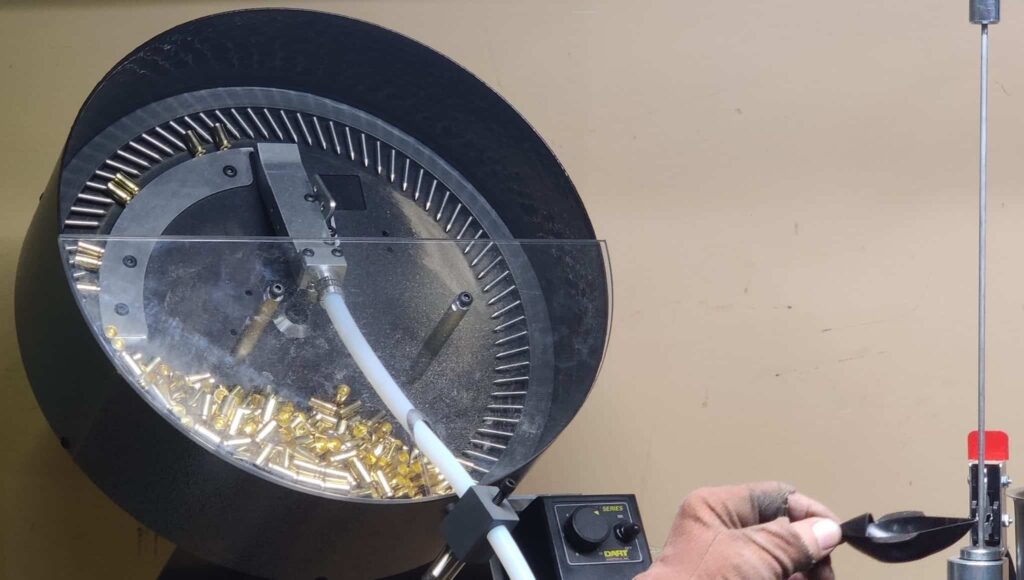-
×
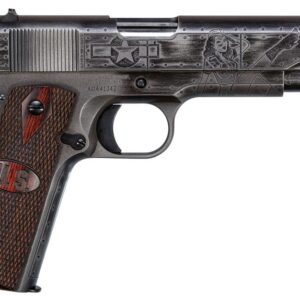 Auto-Ordnance Victory Girls WWII 1911 Pistol 45 ACP 5" Barrel, 7-Round Engraved Pin-Up Girl, Checkered Wood Grip with U.S. Logo
1 × $1,099.99
Auto-Ordnance Victory Girls WWII 1911 Pistol 45 ACP 5" Barrel, 7-Round Engraved Pin-Up Girl, Checkered Wood Grip with U.S. Logo
1 × $1,099.99 -
×
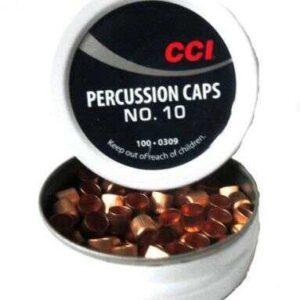 CCI Percussion Caps #10 Box of 1000 (10 Cans of 100)
1 × $89.99
CCI Percussion Caps #10 Box of 1000 (10 Cans of 100)
1 × $89.99 -
×
 CCI Small Rifle 5.56mm NATO-Spec Military Primers #41 Box of 1000 (10 Trays of 100)
1 × $99.99
CCI Small Rifle 5.56mm NATO-Spec Military Primers #41 Box of 1000 (10 Trays of 100)
1 × $99.99 -
×
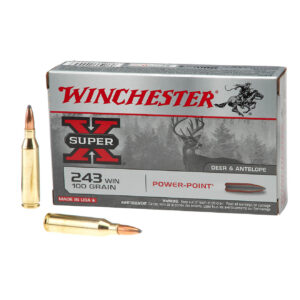 Winchester Super-X Power-Point .243 Winchester 100-Grain Rifle Ammunition-20 Rounds
1 × $27.99
Winchester Super-X Power-Point .243 Winchester 100-Grain Rifle Ammunition-20 Rounds
1 × $27.99 -
×
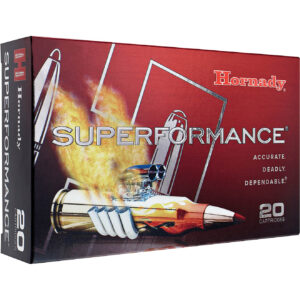 Hornady Superformance® SST® 6.5mm Creedmoor 129-Grain Rifle Ammunition-20 Rounds
1 × $39.99
Hornady Superformance® SST® 6.5mm Creedmoor 129-Grain Rifle Ammunition-20 Rounds
1 × $39.99 -
×
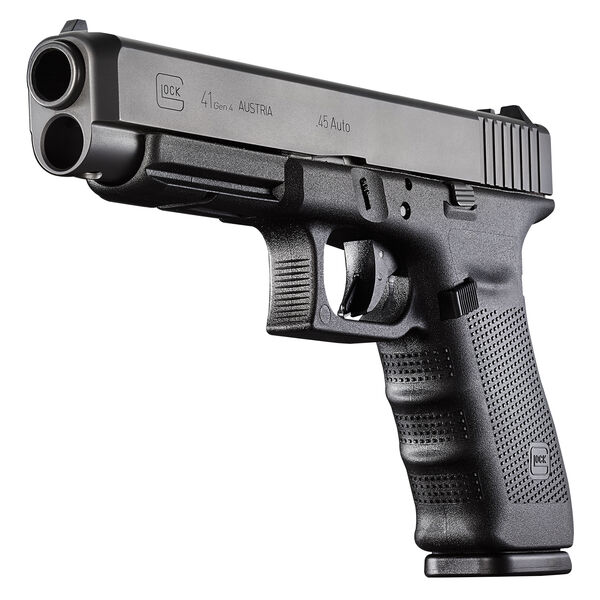 Glock 41 MOS Gen 4 Pistol 45 ACP Adjustable Sights 13-Round Polymer Black
1 × $800.00
Glock 41 MOS Gen 4 Pistol 45 ACP Adjustable Sights 13-Round Polymer Black
1 × $800.00 -
×
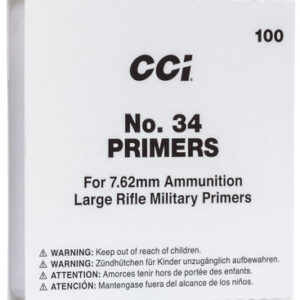 CCI Large Rifle 7.62mm NATO-Spec Military Primers #34 Box of 1000 (10 Trays of 100)
1 × $99.99
CCI Large Rifle 7.62mm NATO-Spec Military Primers #34 Box of 1000 (10 Trays of 100)
1 × $99.99 -
×
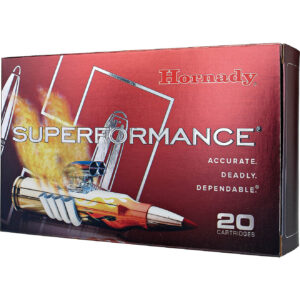 Hornady 6.5 Creedmoor 120-Grain CX Superformance Ammunition-20 Rounds
1 × $49.99
Hornady 6.5 Creedmoor 120-Grain CX Superformance Ammunition-20 Rounds
1 × $49.99 -
×
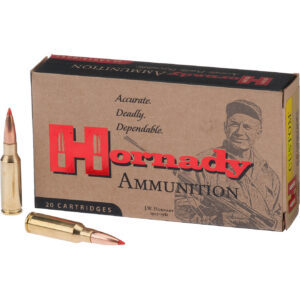 Hornady SST® 6.5 mm Grendel 123-Grain Rifle Ammunition-20 Rounds
3 × $32.99
Hornady SST® 6.5 mm Grendel 123-Grain Rifle Ammunition-20 Rounds
3 × $32.99 -
×
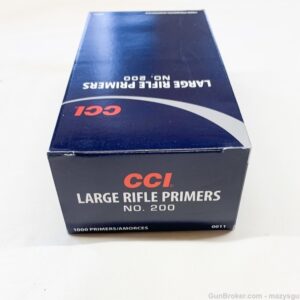 CCI Large Rifle Primers #200 Box of 1000 (10 Trays of 100)
2 × $79.99
CCI Large Rifle Primers #200 Box of 1000 (10 Trays of 100)
2 × $79.99 -
×
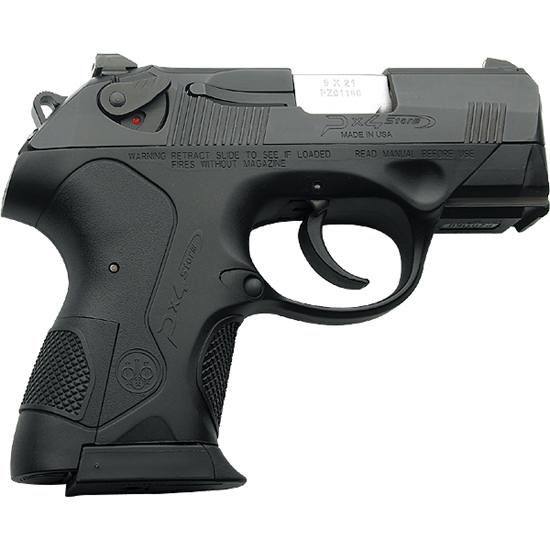 Beretta PX4 Subcompact Pistol 3" Barrel Black
2 × $599.00
Beretta PX4 Subcompact Pistol 3" Barrel Black
2 × $599.00 -
×
 Auto-Ordnance 1911A1 Pistol 45 ACP 5" Barrel, 7-Round, Checkered Grip
1 × $1,049.99
Auto-Ordnance 1911A1 Pistol 45 ACP 5" Barrel, 7-Round, Checkered Grip
1 × $1,049.99 -
×
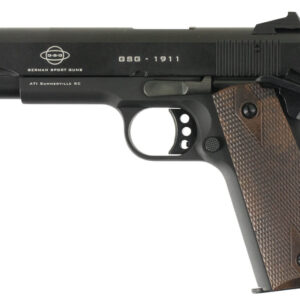 German Sport 1911 Pistol 22 Long Rifle 5" Threaded Barrel, 10-Round Faux Wood Grip
1 × $289.00
German Sport 1911 Pistol 22 Long Rifle 5" Threaded Barrel, 10-Round Faux Wood Grip
1 × $289.00 -
×
 Winchester Large Rifle Magnum Primers #8-1/2M
1 × $79.99
Winchester Large Rifle Magnum Primers #8-1/2M
1 × $79.99 -
×
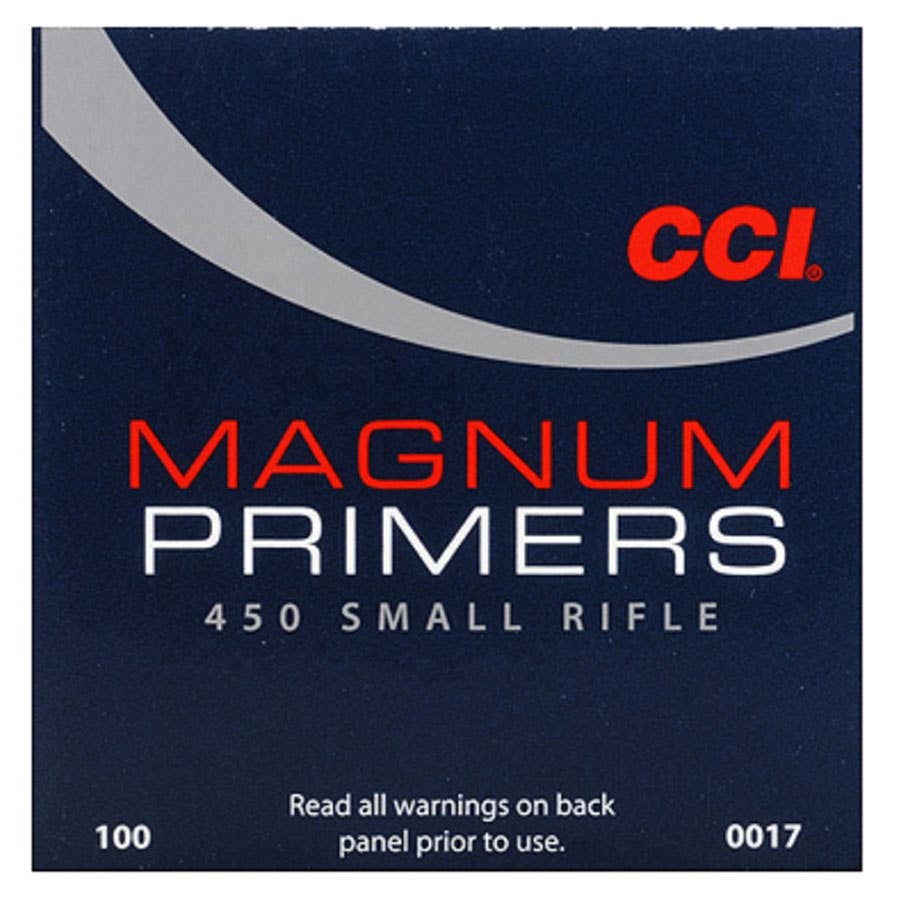 CCI Small Rifle Magnum Primers #450 Box of 1000 (10 Trays of 100)
2 × $79.99
CCI Small Rifle Magnum Primers #450 Box of 1000 (10 Trays of 100)
2 × $79.99 -
×
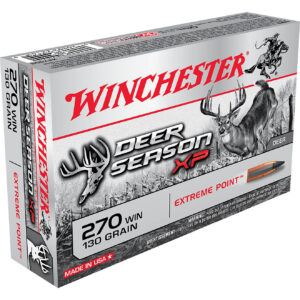 Winchester Deer Season XP .270 Winchester 130-Grain Rifle Ammunition-20 Rounds
1 × $33.99
Winchester Deer Season XP .270 Winchester 130-Grain Rifle Ammunition-20 Rounds
1 × $33.99 -
×
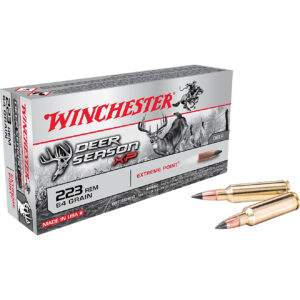 Winchester Deer Season XP .223 Remington 64-Grain Rifle Ammunition
1 × $33.99
Winchester Deer Season XP .223 Remington 64-Grain Rifle Ammunition
1 × $33.99 -
×
 Federal Premium Gold Medal Large Rifle Match Primers #210M Box of 1000 (10 Trays of 100)
2 × $89.99
Federal Premium Gold Medal Large Rifle Match Primers #210M Box of 1000 (10 Trays of 100)
2 × $89.99 -
×
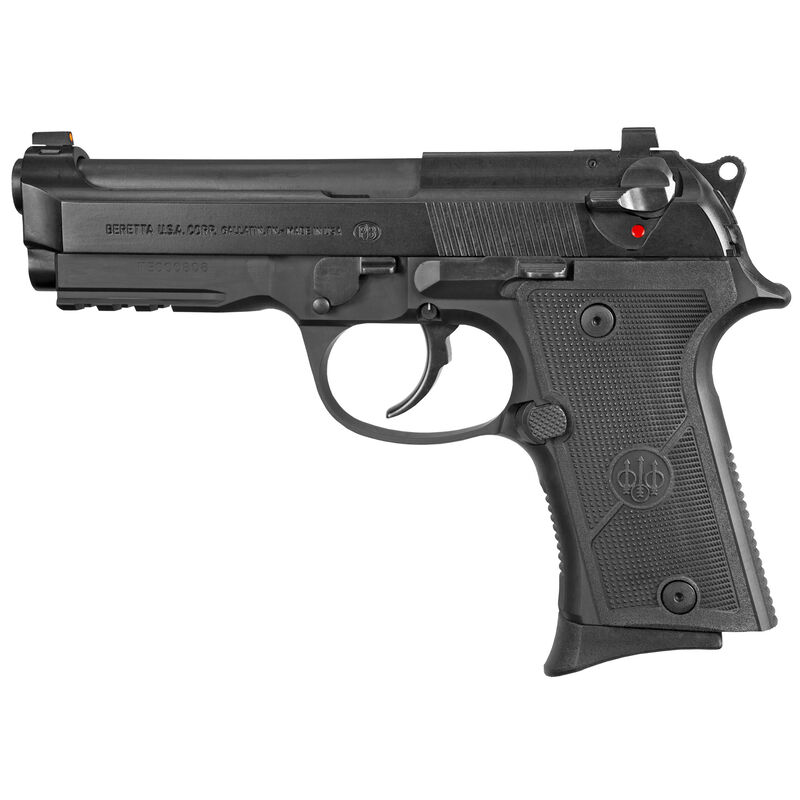 Beretta 92X FR Compact 9mm Luger Semi-Automatic Pistol 4.25" Barrel 10-Round
2 × $699.00
Beretta 92X FR Compact 9mm Luger Semi-Automatic Pistol 4.25" Barrel 10-Round
2 × $699.00 -
×
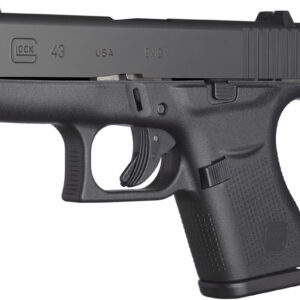 Glock 43 Pistol 9mm Luger Fixed Sights 6-Round Polymer Black
1 × $538.00
Glock 43 Pistol 9mm Luger Fixed Sights 6-Round Polymer Black
1 × $538.00 -
×
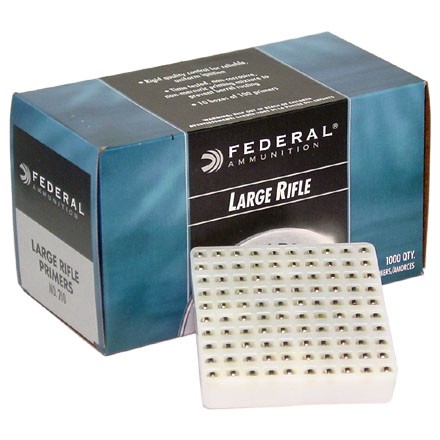 Federal Large Rifle Primers #210 Box of 1000 (10 Trays of 100)
1 × $99.99
Federal Large Rifle Primers #210 Box of 1000 (10 Trays of 100)
1 × $99.99 -
×
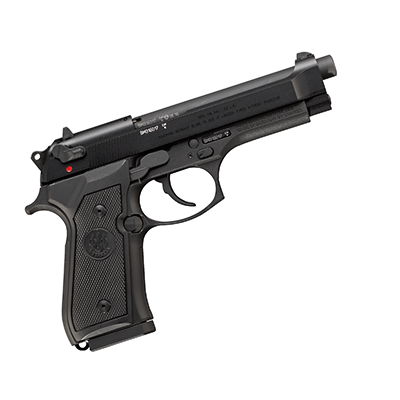 Beretta M9 Pistol 22 Long Rifle
1 × $389.00
Beretta M9 Pistol 22 Long Rifle
1 × $389.00 -
×
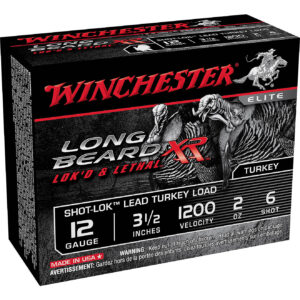 Winchester Long Beard XR 12 Gauge 3.5 inches 6 Shot Shotshells
1 × $26.99
Winchester Long Beard XR 12 Gauge 3.5 inches 6 Shot Shotshells
1 × $26.99 -
×
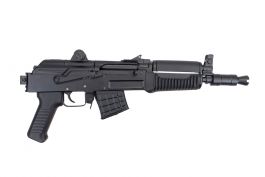 Arsenal Sam7K-04 Pistol 7.62x39mm Russian 10.5" Barrel 5-Round Black
2 × $950.00
Arsenal Sam7K-04 Pistol 7.62x39mm Russian 10.5" Barrel 5-Round Black
2 × $950.00 -
×
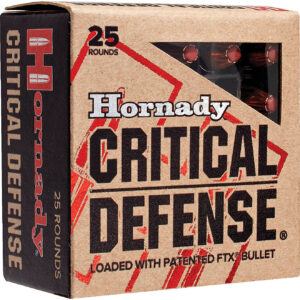 Hornady .357 Magnum 125-Grain Critical Defense Handgun Ammunition-20 Rounds
1 × $29.99
Hornady .357 Magnum 125-Grain Critical Defense Handgun Ammunition-20 Rounds
1 × $29.99 -
×
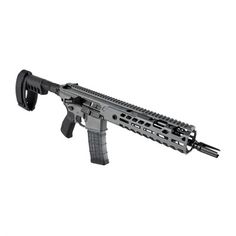 BCM RECCE-11 KMR-A AR-15 Pistol 5.56x45mm NATO 11.5" Barrel, 30-Round Black, Keymod Rail SBA3 Brace
1 × $1,399.00
BCM RECCE-11 KMR-A AR-15 Pistol 5.56x45mm NATO 11.5" Barrel, 30-Round Black, Keymod Rail SBA3 Brace
1 × $1,399.00 -
×
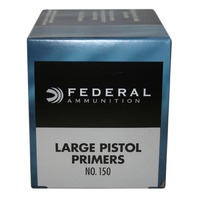 Federal Large Pistol Primers #150 Box of 1000 (10 Trays of 100)
1 × $79.99
Federal Large Pistol Primers #150 Box of 1000 (10 Trays of 100)
1 × $79.99 -
×
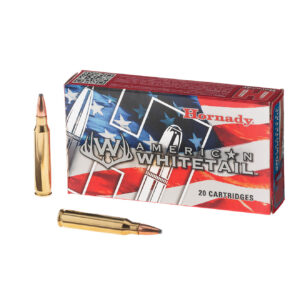 Hornady American Whitetail .223 60-Grain Centerfire Rifle Ammunition-20 Rounds
1 × $22.99
Hornady American Whitetail .223 60-Grain Centerfire Rifle Ammunition-20 Rounds
1 × $22.99 -
×
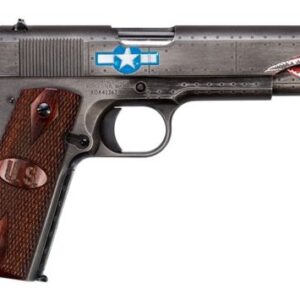 Auto-Ordnance Squadron WWII 1911 Pistol 45 ACP 5" Barrel, 7-Round Custom Engraved Shark Mouth Slide, Checkered Wood Grip with U.S. Logo
1 × $919.99
Auto-Ordnance Squadron WWII 1911 Pistol 45 ACP 5" Barrel, 7-Round Custom Engraved Shark Mouth Slide, Checkered Wood Grip with U.S. Logo
1 × $919.99 -
×
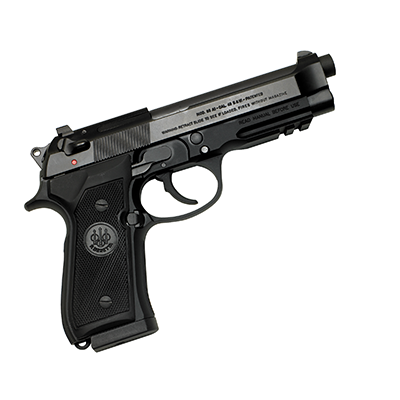 Beretta 92A1 F 9mm Luger Semi-Automatic Pistol 4.9" Threaded Barrel 17-Round
1 × $729.99
Beretta 92A1 F 9mm Luger Semi-Automatic Pistol 4.9" Threaded Barrel 17-Round
1 × $729.99 -
×
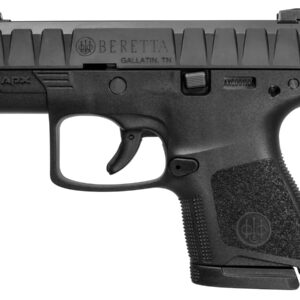 Beretta APX Carry Pistol 9mm Luger 3" Barrel 8-Round Black
1 × $349.00
Beretta APX Carry Pistol 9mm Luger 3" Barrel 8-Round Black
1 × $349.00 -
×
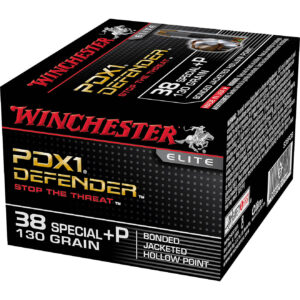 Winchester Bonded PDX1 .38 Special +P 130-Grain Handgun Ammunition
1 × $32.99
Winchester Bonded PDX1 .38 Special +P 130-Grain Handgun Ammunition
1 × $32.99 -
×
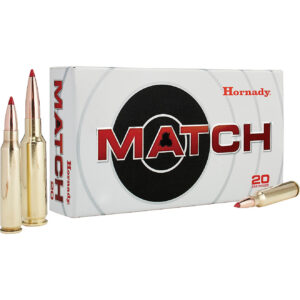 Hornady .223 Remington 75-Grain BTHP™ Match Rifle Ammunition
1 × $24.99
Hornady .223 Remington 75-Grain BTHP™ Match Rifle Ammunition
1 × $24.99
Subtotal: $13,532.71

